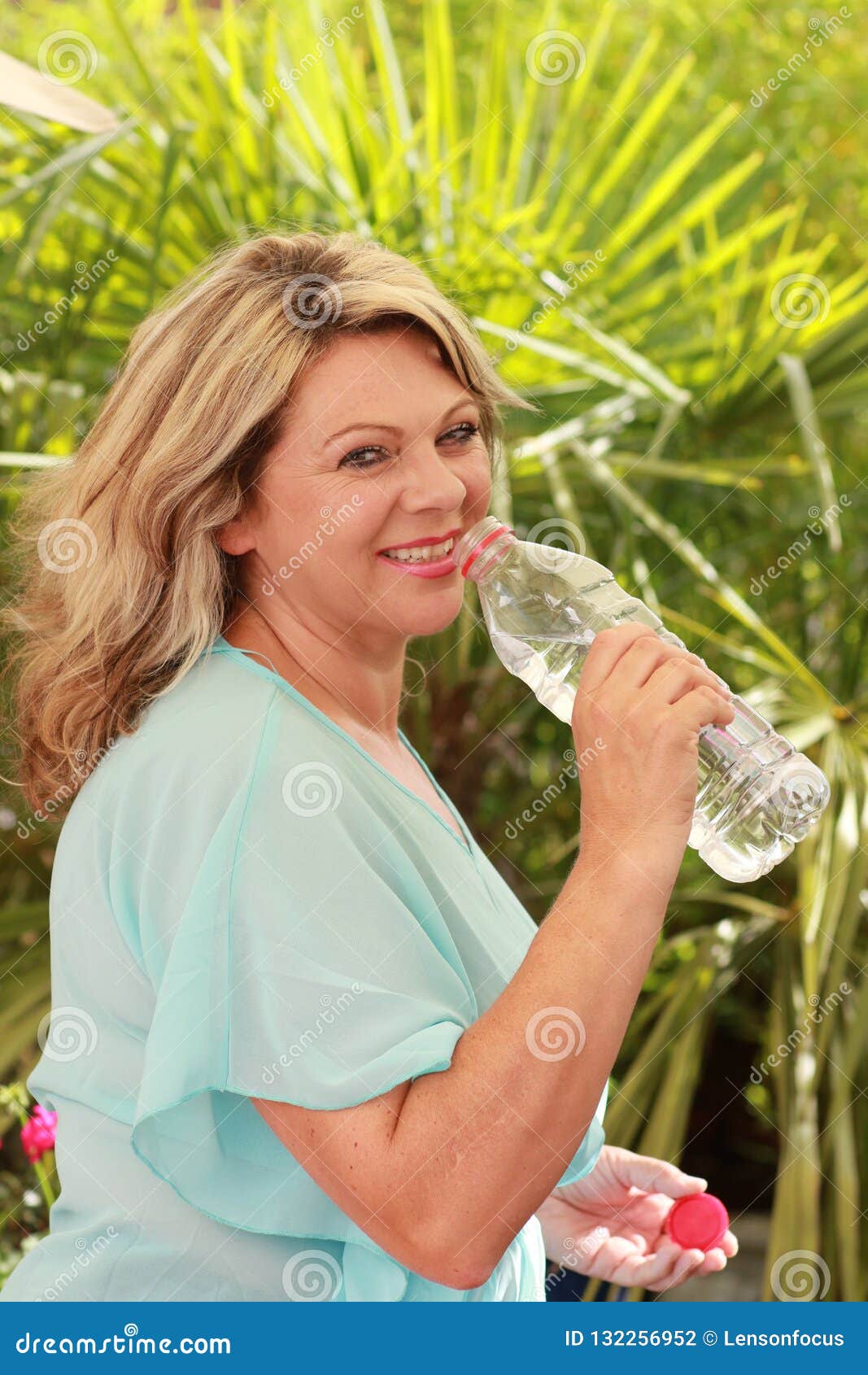

The findings of our investigations are discussed with regard to the hypothesis of forest decline in the mountain regions of the Fichtelgebirge (north-eastern Bavaria, Germany).Īnthropogenic activities such as industrialization, land use change and intensification of agriculture strongly contribute to changes in the concentrations of atmospheric trace gases. The results support the general conclusion that long-term low-level SO2 dosage adversely affects the photosynthetic performance of the needle, whether directly or indirectly, and may also interact with other environmental stresses. In 1989, an observed depression of the photosynthetic capacity (A2500) was in part accompanied by a decrease in light use efficiency (), suggesting an enhanced photosensitivity resulting from the impact of several possible interacting stresses (drought, N deficiency and fumigation). However, fumigation appeared to accelerate an N-deficiency-related decrease of CE, stomatal closure and the age-dependent development of the chlorophyll content of the needles. In 1989, the supposed treatment effects were apparently masked by an insufficient N-supply and probably also by low water availability during summer. However, the long-term application of SO2 resulted in a depression of net photosynthesis under light saturation and ambient CO2 (A 340) which was probably caused by a treatment-related depression of the carboxylation efficiency (CE). In addition, there were no direct SO2 and/or O3 effects on the content and/or composition of the chloroplast pigments. The data do not suggest a treatment effect on the mineral content of the needles in terms of nutrient leaching from the foliage. The Nature of Water: Environment CanadaPhotosynthetic performance, mineral content and chloroplast pigments were investigated in August-September 19 in Norway spruce trees (Picea abies (L.) Karst.) exposed to SO2, and O3 in an open-air fumigation facility at Liphook, England.No less important is the ability of water to transport waste material out of our bodies. The carbohydrates and proteins that our bodies use as food are metabolized and transported by water in the bloodstream. Water's "stickiness" (from surface tension) plays a part in our body's ability to transport these materials all through ourselves. The excellent ability of water to dissolve so many substances allows our cells to use valuable nutrients, minerals, and chemicals in biological processes.
AGE OF WATER MINERAL CONTENT PICTURE FULL
The cells in our bodies are full of water. The unique qualities and properties of water are what make it so important and basic to life.

There just wouldn't be any you, me, or Fido the dog without the existence of an ample liquid water supply on Earth. People with more fatty tissue have less water than people with less fatty tissue (as a percentage).Women have less water than men (as a percentage).Babies and kids have more water (as a percentage) than adults.In adult women, fat makes up more of the body than men, so they have about 55% of their bodies made of water. However, fat tissue does not have as much water as lean tissue. In adult men, about 60% of their bodies are water. By one year of age, that amount drops to about 65%. Babies have the most, being born at about 78%. Jeffrey Utz, Neuroscience, pediatrics, Allegheny University, different people have different percentages of their bodies made up of water. acts as a shock absorber for brain, spinal cord, and fetusĪccording to Dr.

AGE OF WATER MINERAL CONTENT PICTURE SKIN
The skin contains 64% water, muscles and kidneys are 79%, and even the bones are watery: 31%.Įach day humans must consume a certain amount of water to survive. Mitchell, Journal of Biological Chemistry 158, the brain and heart are composed of 73% water, and the lungs are about 83% water. Up to 60% of the human adult body is water.Īccording to H.H. Water is of major importance to all living things in some organisms, up to 90% of their body weight comes from water. Food? Water? Air? Facebook? Naturally, I'm going to concentrate on water here. Think of what you need to survive, really just survive. Water serves a number of essential functions to keep us all going


 0 kommentar(er)
0 kommentar(er)
